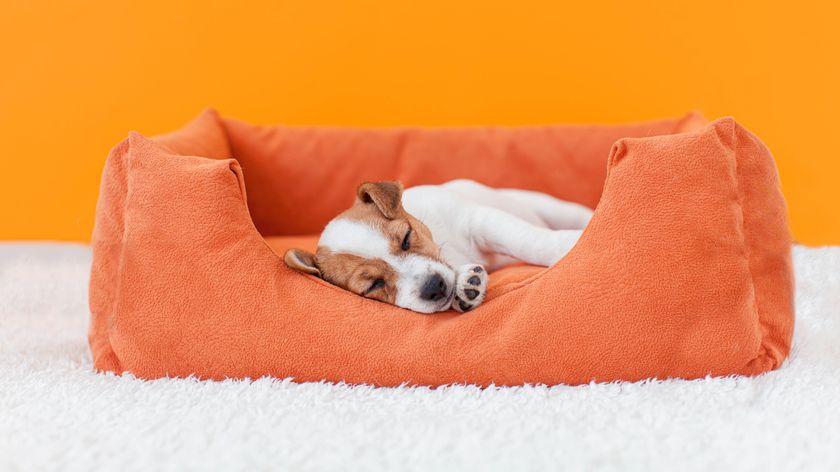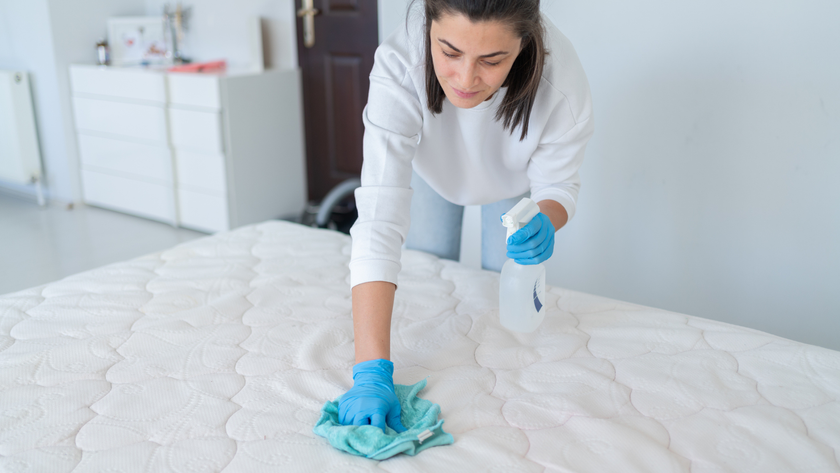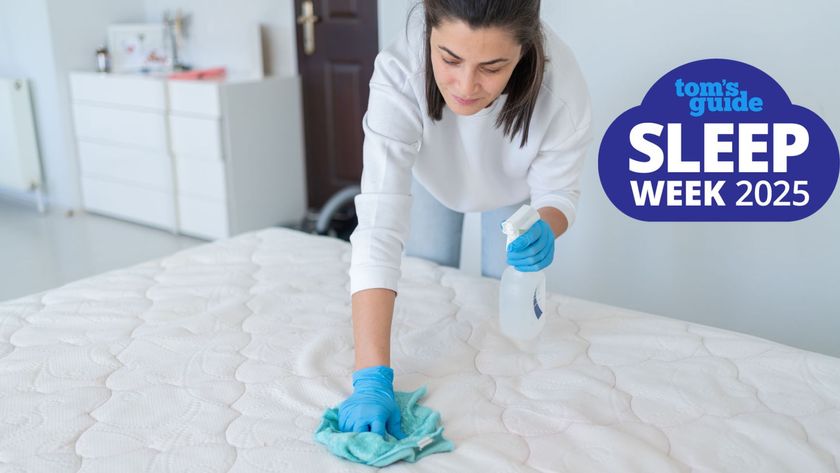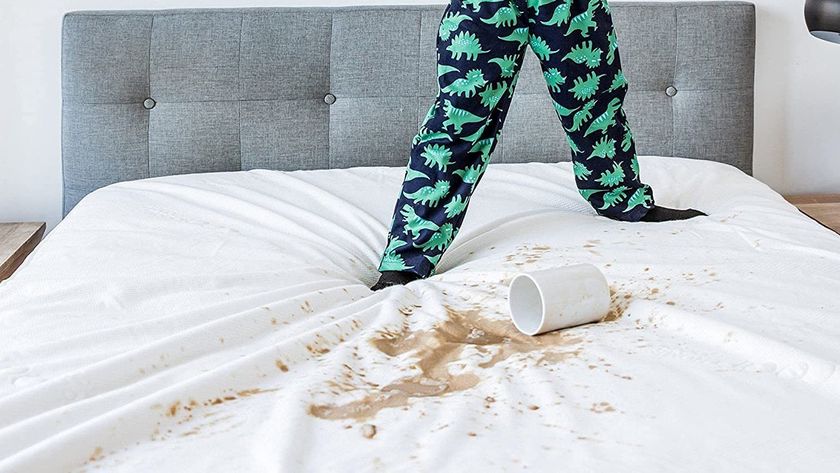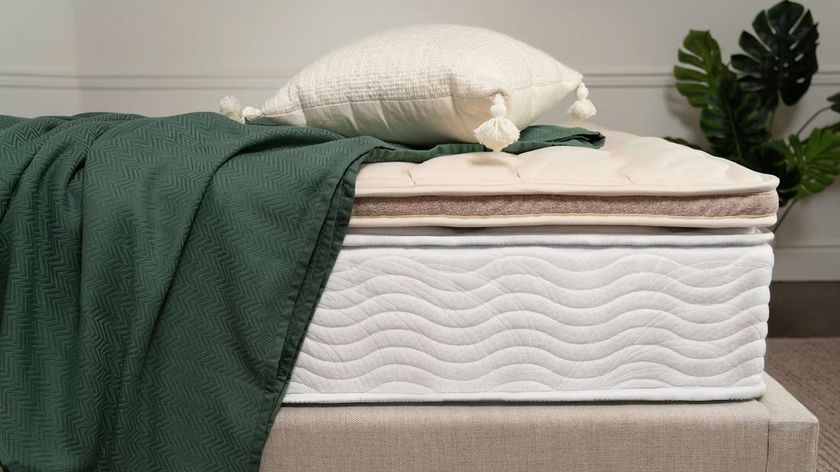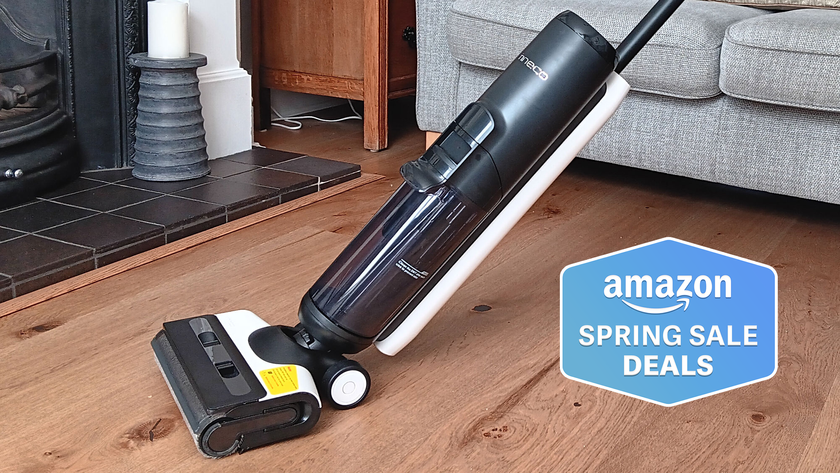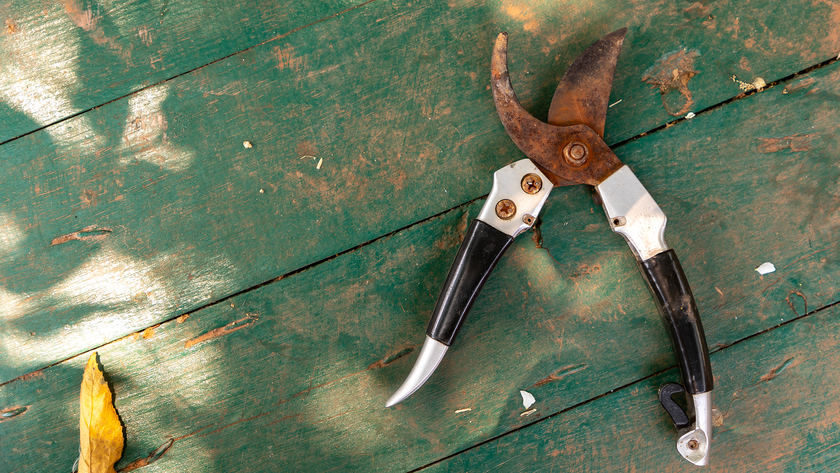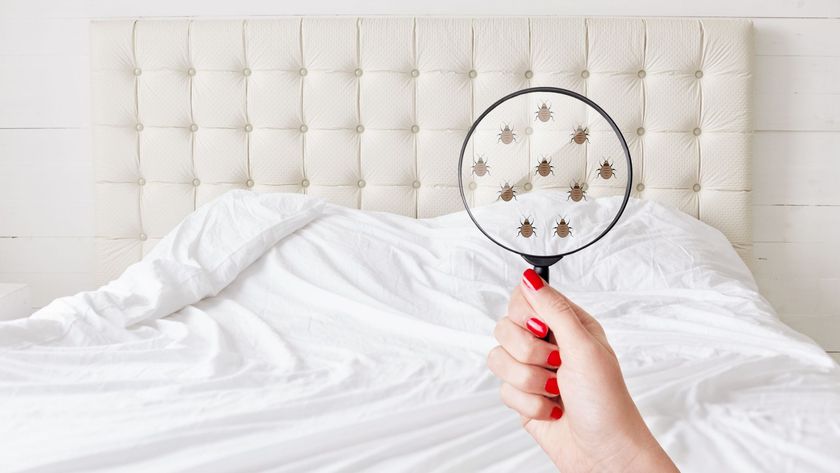How to clean a dog bed
Find out how to keep your dog's bed clean and fresh
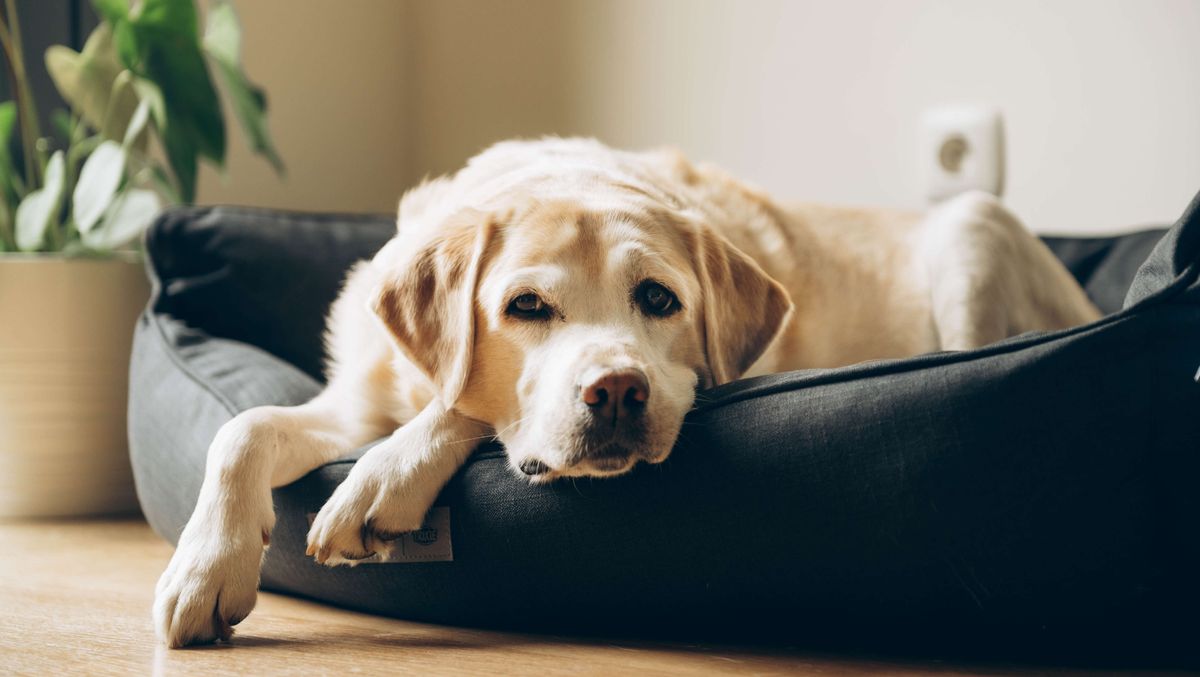
Whether you’ve got a tiny pampered pooch or a big, tough working farm dog, your pet is another member of your family and deserves the best dog bed.
But no matter how frequently you take them to the groomers, a dog's bed can quickly accumulate fur, mud, grease and sweat, along with other potentially unpleasant and smelly build-ups.
How you clean your dog's bed will depend entirely on the type and size of the bed. (If you've yet to buy one, here are 5 tips for buying a dog bed.) Similarly, the frequency at which a dog bed needs cleaning will be affected by the size of the dog, as well as its behavior and lifestyle.
There’s no one-size-fits-all approach, but as a general rule, weekly cleans are a good idea, with washes every 2 to 4 weeks. Check your dog's bed regularly to establish a cleaning pattern that works best for you and your dog.
If you have the space, we recommend investing in a second dog bed so you can rotate them. That gives you plenty of time to clean and dry one, while the other is in use. And when choosing a new dog bed, always check the care label and favor beds that are easy to clean or have removable covers.
Vacuum frequently
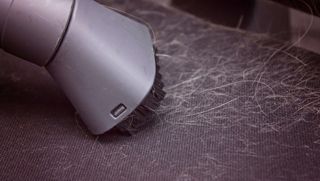
A regular and thorough vacuuming goes a long way to keeping your dog's bed clean. Using one of the best vacuum cleaners to remove debris, dirt, fur and any other nasties from your dog's bed will help it stay fresher for longer between washes.
A weekly vacuum using the upholstery tool or a motorized pet tool — depending on what tools are supplied with your vacuum — will not only clean the surface, but it’ll help remove dust and mites from deeper within the bed. Thoroughly vacuum every surface of the dog bed as well as the floor underneath and around where it’s placed. Pay attention to any awkward corners or folds in the fabric where dirt may gather.
Sign up to get the BEST of Tom's Guide direct to your inbox.
Get instant access to breaking news, the hottest reviews, great deals and helpful tips.
If you’re struggling to keep on top of pet hair around the rest of the house, you may be interested in the best robot vacuums for pet hair as well as our 7 tips for staying on top of pet hair.
Spot cleaning
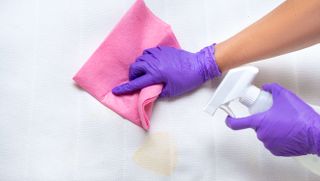
During vacuuming, lookout for any stains that may need to be spot cleaned. If your dog's bed has one or two smaller stains that don’t warrant a full wash, you could spot treat them with a pet-specific product such as OUT! PetCare Advanced Stain and Odor Remover.
There are plenty of products to choose from for spot cleaning, but always follow the instructions on the label and dry out the bed thoroughly before allowing your dog back on.
Fighting odors

In addition to regular vacuuming, you can help keep odors at bay by regularly airing out your dog bed. Hanging it outside in the fresh breeze and sunshine will help. The ultraviolet light in sunlight can kill some bacteria, which is an added bonus.
To deodorize in a safe and natural way, use baking soda. After vacuuming, sprinkle the whole bed liberally with baking soda and leave it there for as long as possible; the baking soda will absorb odors. Just be sure to vacuum again to remove all the baking soda before it’s bedtime for your pup.
To tackle lingering odors from deeper within the bed, you can try soaking in a solution of baking soda and water. Or simply add half a cup along with the laundry detergent when washing. And finally, don't forget to open a few windows.
Machine washing
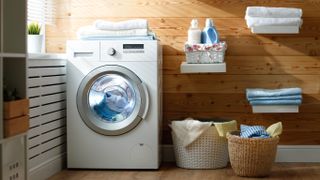
Before you throw your dog bed in the washer, first check to see if there are any care labels to confirm that it’s suitable for machine washing. And also check that it fits. There’s no point cramming a dog bed into your washer if it doesn’t fit — the machine simply won’t be able to clean it properly. Some dog beds have removable covers for easy cleaning.
Assuming you’ve checked the above and still want to machine wash, we’d highly recommend giving the bed a thorough vacuum before washing. Remove any loose debris, crumbs, sticks, and fur that could potentially damage or clog your washing machine.
Wash on as high a temperature as the care label allows and use a fragrance-free, pet-safe detergent. You could add an additional odor eliminator or sanitizer product if needed. But as suggested above, a scoop of baking soda is a great natural deodorizer.
It’s worth setting your washer to perform an extra rinse at the end of the wash cycle. This helps to ensure no irritating chemicals are left in the fabric. Avoid adding fabric softeners — when in doubt, choose detergents suitable for sensitive skin to avoid any reactions.
If you’re thinking of replacing or upgrading your laundry room, check out our pick of the best washing machine and best dryer.
Hand washing

This isn’t a fun job, but if your dog's bed can’t go in the washer, hand washing is the next best option. Fill the bathtub with warm water and laundry detergent, before submerging the dog bed. Leave it to soak for 15 to 20 minutes, or longer if necessary.
Wearing gloves, agitate the bed and the water to flush out any dirt. This may take some time, depending on how big and how dirty the bed is. If the water gets particularly dirty, it’s worth emptying and repeating the process before rinsing.
Lastly, fill the bathtub again with fresh water. Be sure to thoroughly rinse the bed in the fresh water to remove all dirt and detergent. It may require more than one rinse.
Drying

Some beds and covers will be suitable for drying on a low heat in your dryer, but do check the care label first and never add dryer sheets or scented products. For beds and covers that can’t go in the dryer, including cushioned and padded beds, air drying — preferably outdoors in the sun — is the best way to get it dry.
Try to squeeze out as much water as possible. Pressing it between thick dry towels will help to draw out additional water so that the drying process isn’t too prolonged. Don’t use your best towels though!
It’s important that the bed is thoroughly dried before your dog starts sleeping in it again. If not, you risk it developing damp musty smells and even mold. Depending on the thickness of the bed, drying could take 48 hours. So make sure you allow plenty of time and preferably wash the bed when there’s warmer weather to help dry it faster.
How to keep your dog bed clean

If your pet bed doesn’t have a removable cover, consider investing in one or two. They come in a variety of shapes and sizes and are often water proof as well as washable. So they’ll stop dirt permeating into the cushioned part of the bed, making it much easier to keep clean and odor free.
Just like our own beds, dog beds require frequent cleaning. Avoid trying to take shortcuts like spraying the bed with harsh chemical deodorizers or strong fragrances. At best, these are just covering up the problem; at worst they could irritate your dog's skin or lungs.
More from Tom's Guide
Helen started reviewing home and kitchen appliances in 2007 at the Good Housekeeping Institute and has never looked back. She’s now freelance and reviews all sorts of appliances from her home in a pretty village in the UK. Despite having reviewed hundreds of coffee machines in her time, she’s only recently developed a love for coffee and a daily coffee habit, which makes tasting all those coffees much more enjoyable!
